Livorno
2021
Livorno, Tuscany. The Livorno seafront. The Ligurian sea as seen from Terrazza Mascagni The Livorno seafront is a promenade that winds for several kilometers along the coast of the Ligurian Sea, starting from the port area and ideally ending in the coastal stretch of the Romito.
You may also like
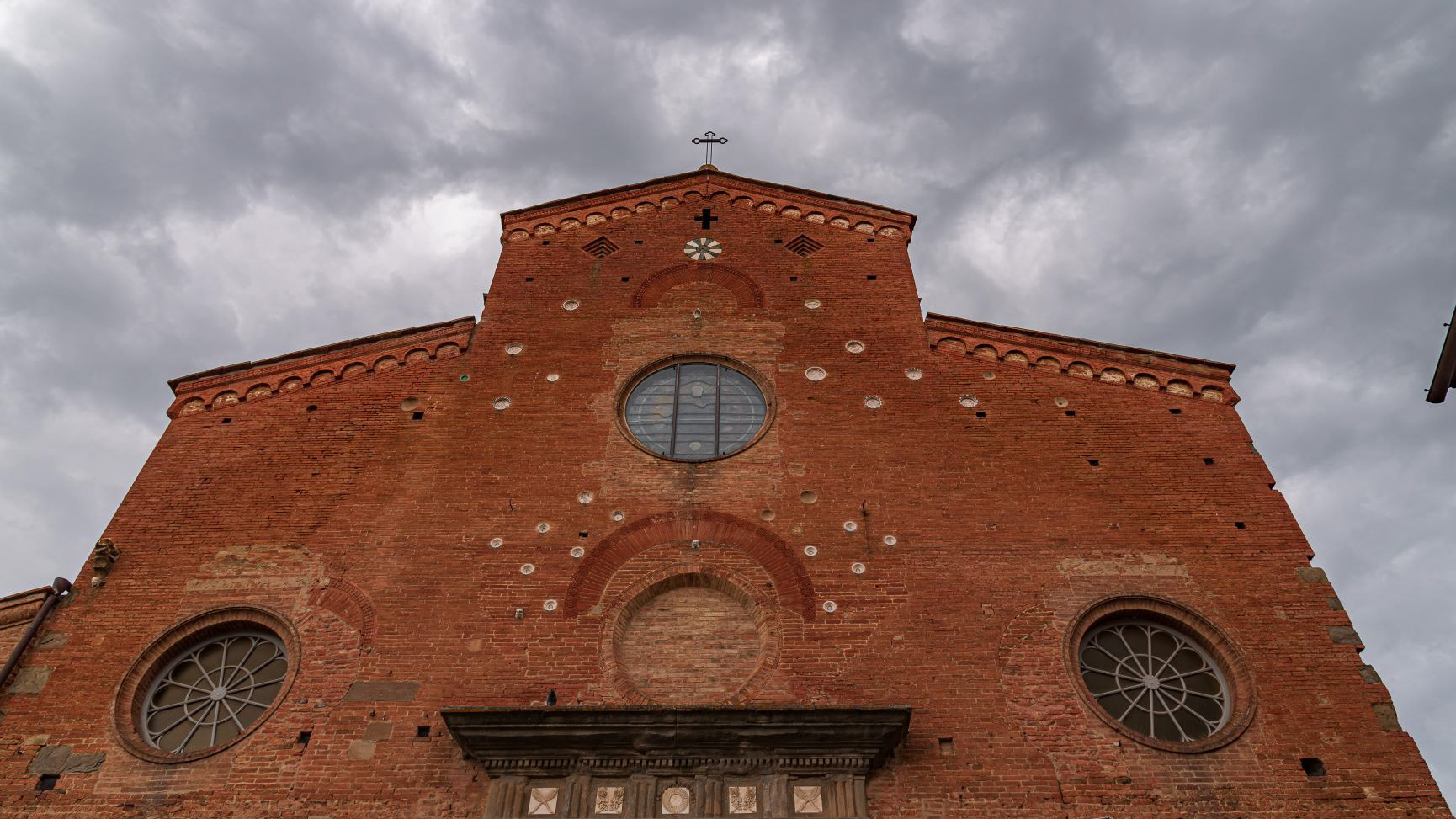
2021
San Miniato. The Cathedral of S. M. Assunta
The Cathedral of Santa Maria Assunta and San Genesio is the main Catholic place of worship in San Miniato, the mother church of the diocese of the same name.
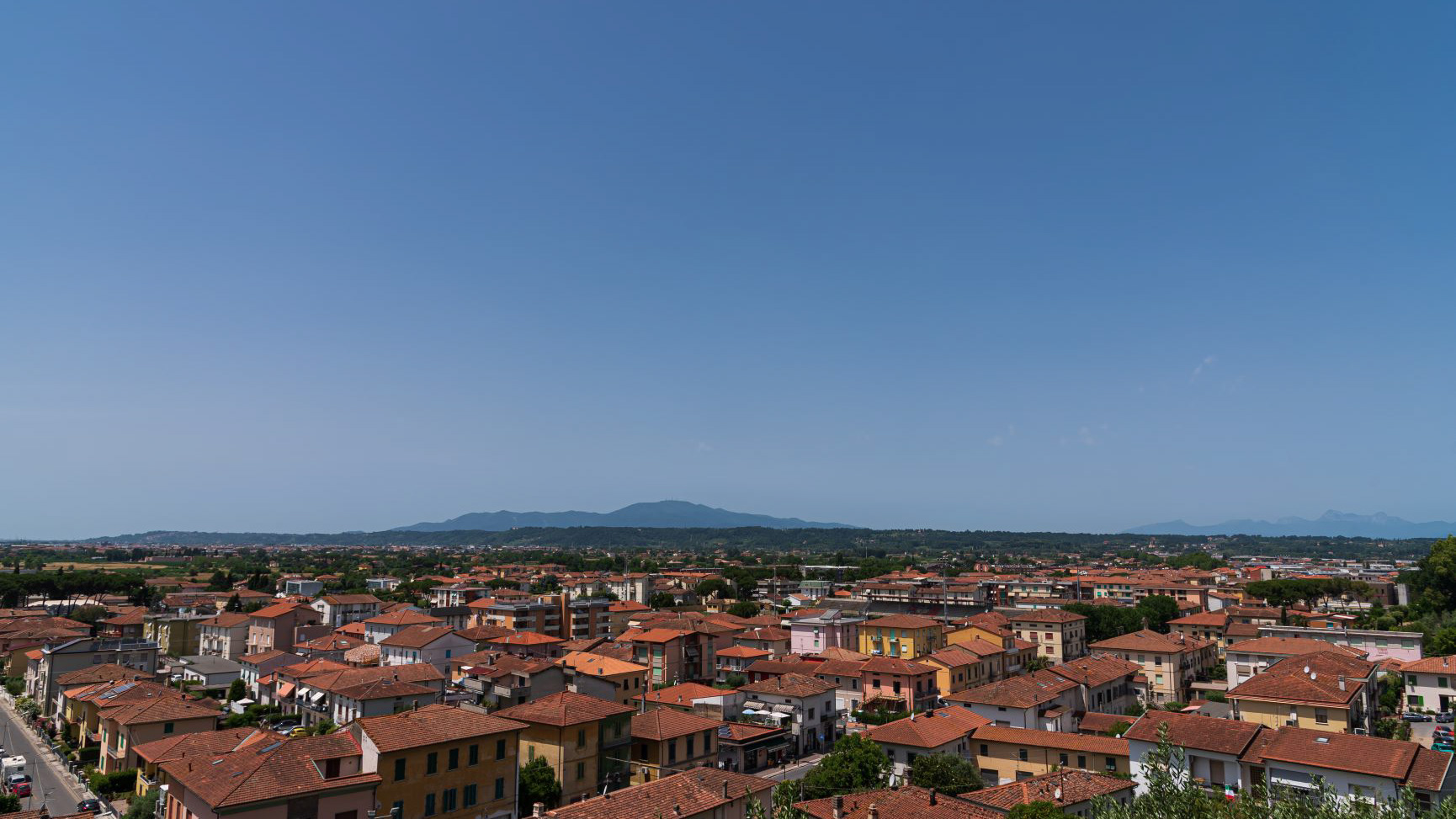
2021
Fucecchio. Panorama from the lookout of the city
Fucecchio is an Italian town of 23,076 inhabitants in the metropolitan city of Florence in Tuscany, in the lower Valdarno.
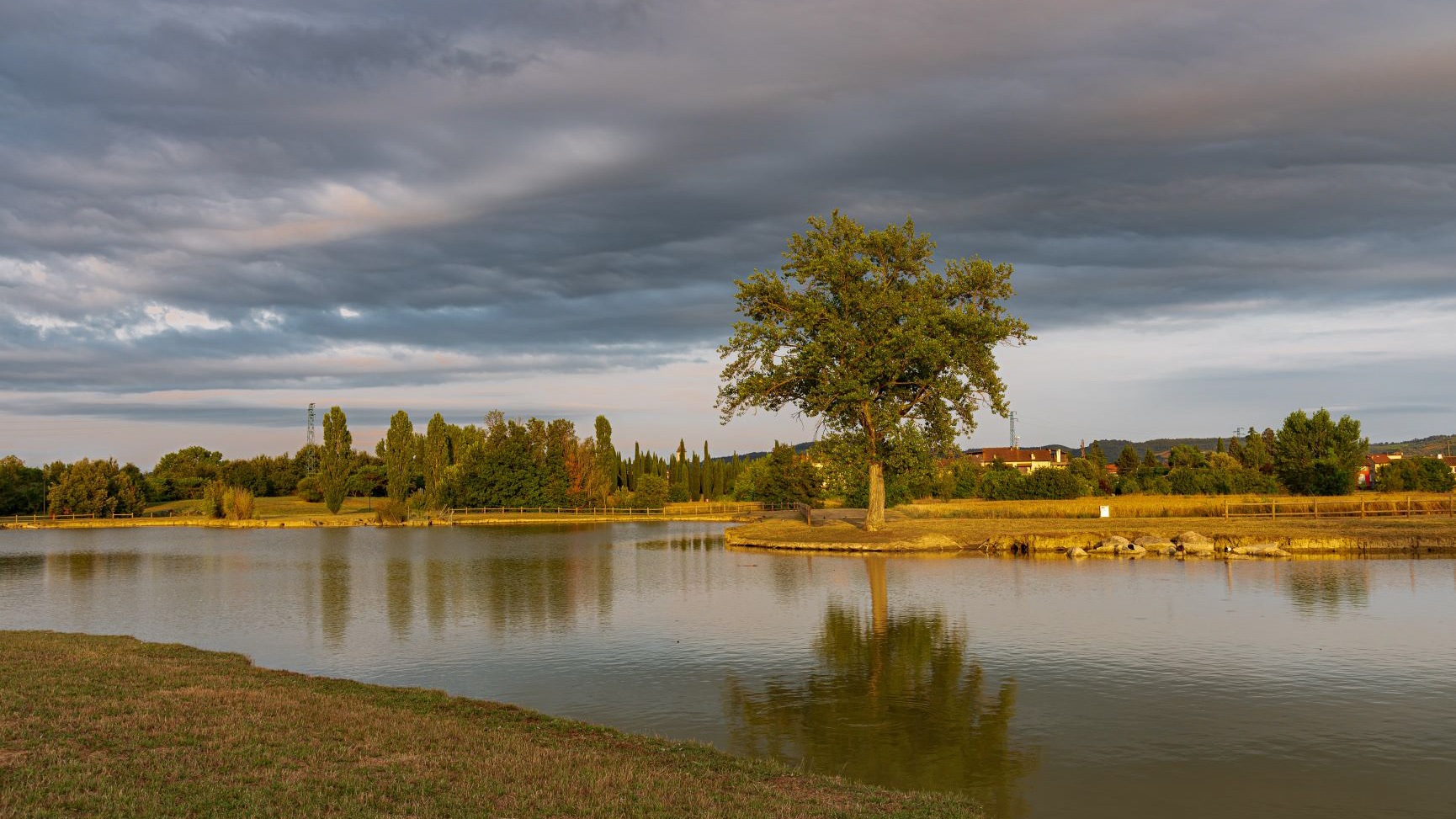
2021
Wonderful glimpses of summer
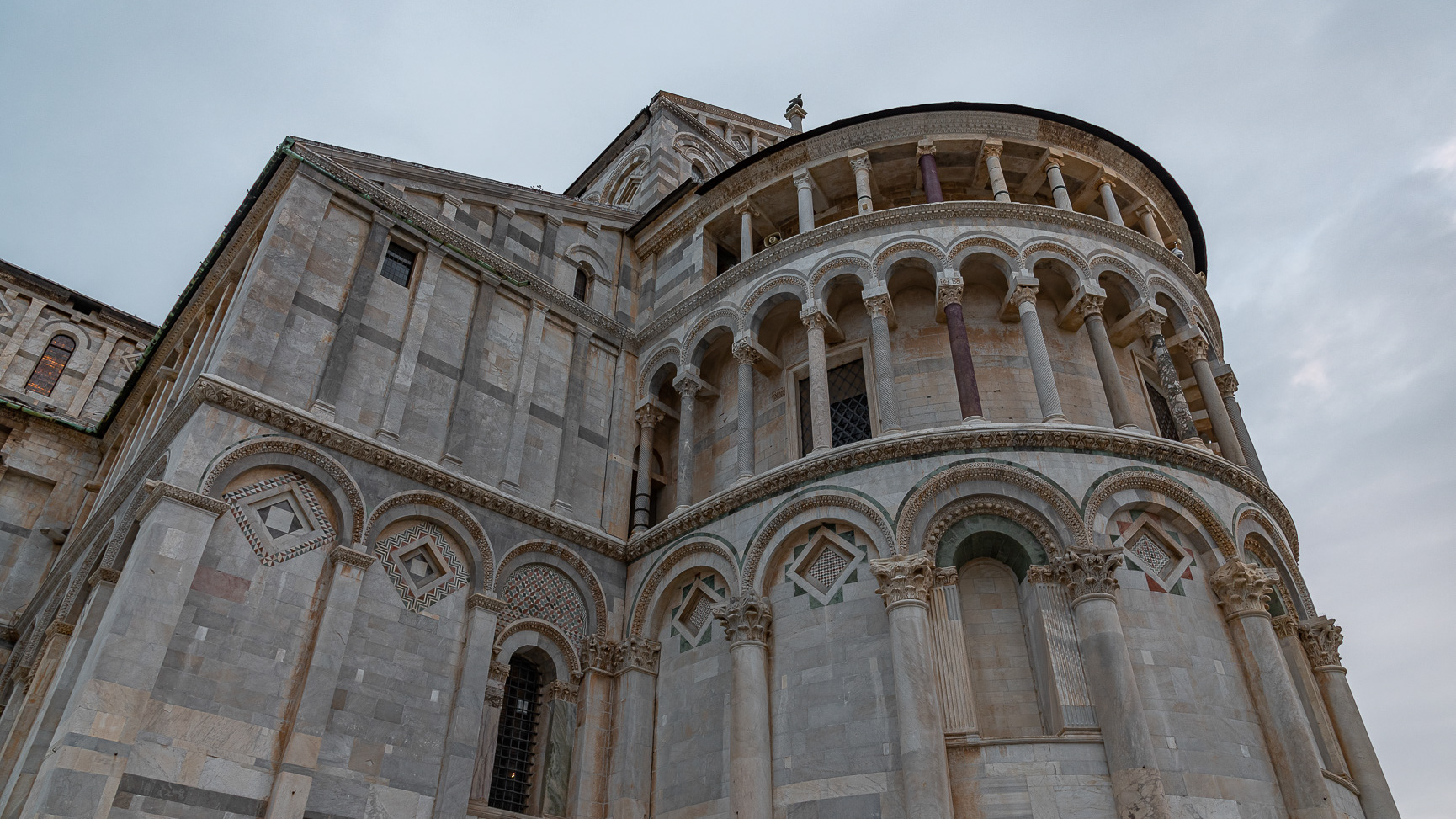
2021
Pisa, the cathedral of Santa Maria Assunta
The cathedral of Santa Maria Assunta, in the center of the Piazza del Duomo, also known as Piazza dei Miracoli, is the medieval cathedral of Pisa as well as the primatial church. Masterpiece of the Romanesque, in particular of the Pisan Romanesque, it represents the tangible testimony of the prestige and wealth achieved by the maritime republic of Pisa at the moment of its apogee. It was begun in 1063 (1064 according to the Pisan calendar in force at the time) by the architect Buscheto, with the tenth part of the booty of the undertaking of Palermo in Sicily against the Muslims (1063) led by Giovanni Orlandi belonging to the Orlandi family [1] . Different stylistic elements come together: classical, Lombard-Emilian, Byzantine and in particular Islamic, proof of the international presence of Pisan merchants at that time. In that same year the reconstruction of the Basilica of San Marco in Venice was also begun, so it may well be that at the time there was a rivalry between the two maritime republics to create the most beautiful and sumptuous place of worship. The church was erected in an area outside the early medieval walls, to symbolize the power of Pisa which did not need protection. The chosen area was already used in the Lombard period as a necropolis and, already in the early 11th century, an unfinished church was erected which must have been dedicated to Santa Maria. The new large church of Buscheto, in fact, was initially called Santa Maria Maggiore until it was definitively dedicated to Santa Maria Assunta.
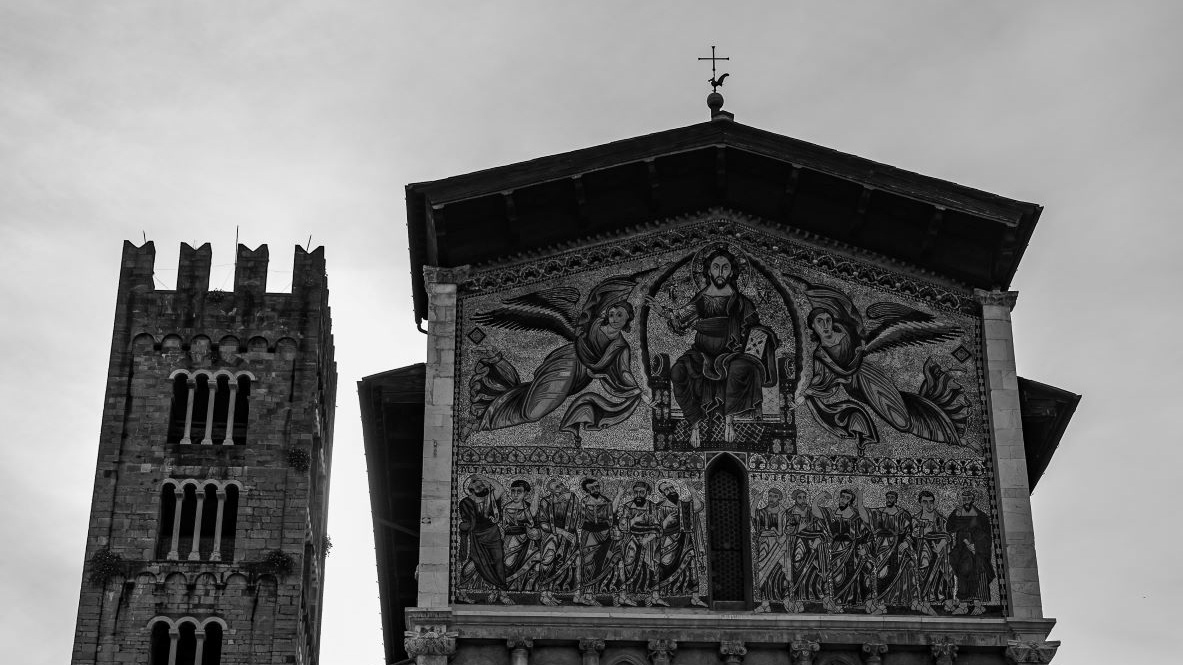
2021
Lucca, Tuscany. The basilica of San Frediano
The basilica of San Frediano is one of the oldest Catholic places of worship in Lucca, in Romanesque style, and is located in the homonymous square.
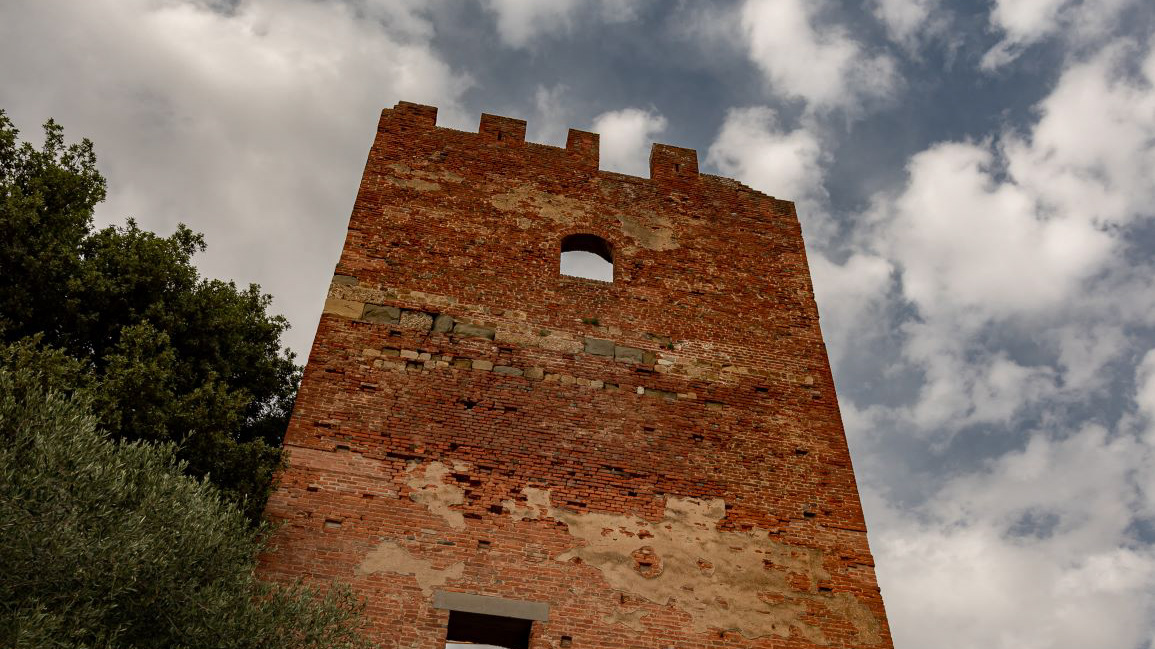
2021
Fucecchio, Tuscany. Corsini Park. The fortified towers.
Fucecchio. Corsini Park. The fortified towers. Dominated by the majesty of the "Torre grossa", the park is home to the high "Middle Tower" and the smaller "Pagliaiola".
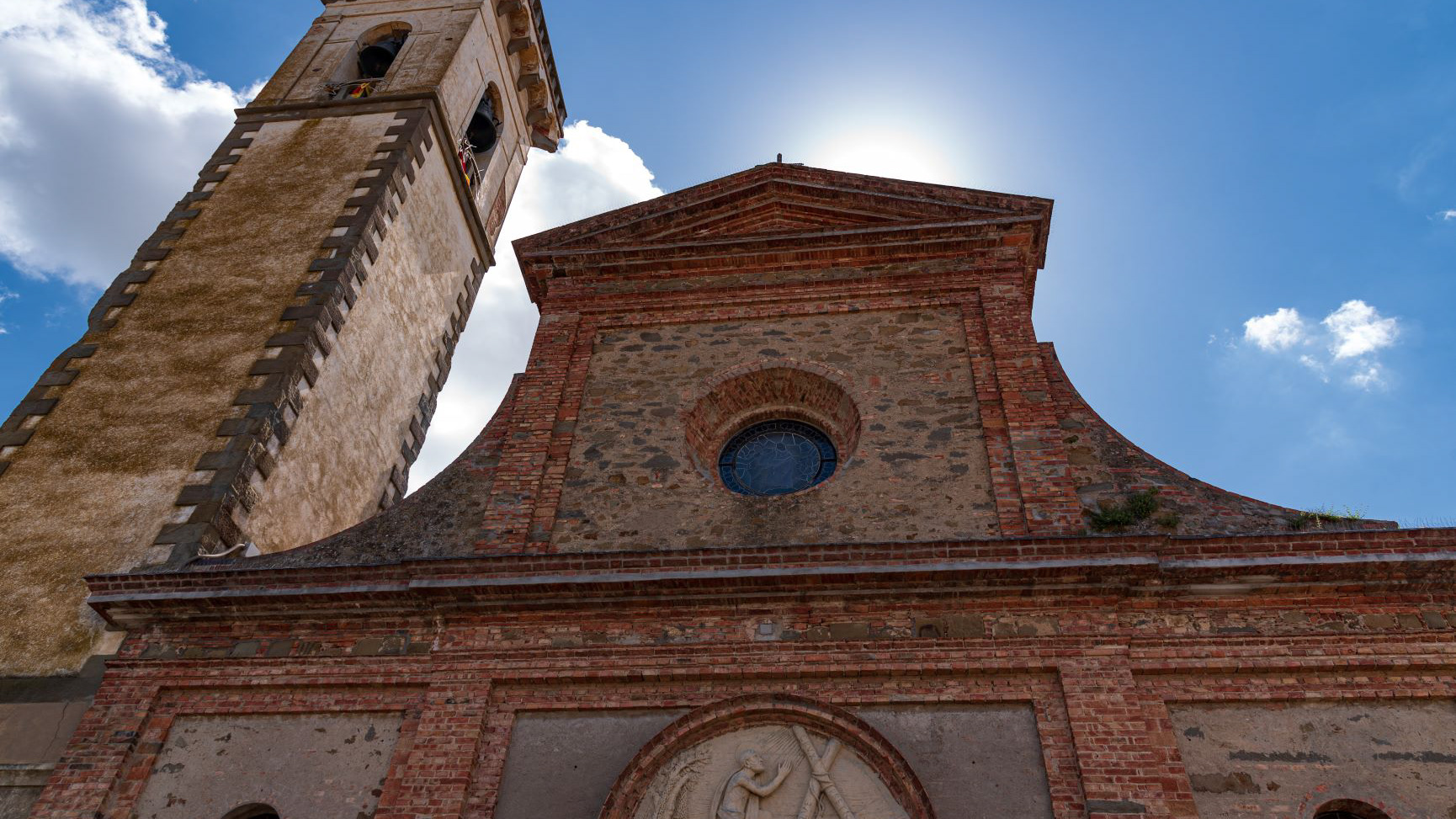
2021
Vinci. Church of Santa Croce
Of thirteenth-century origin, restored several times, it no longer retains the original structure. The neo-Renaissance style works carried out in the years 1925-1935 gave it its current appearance.
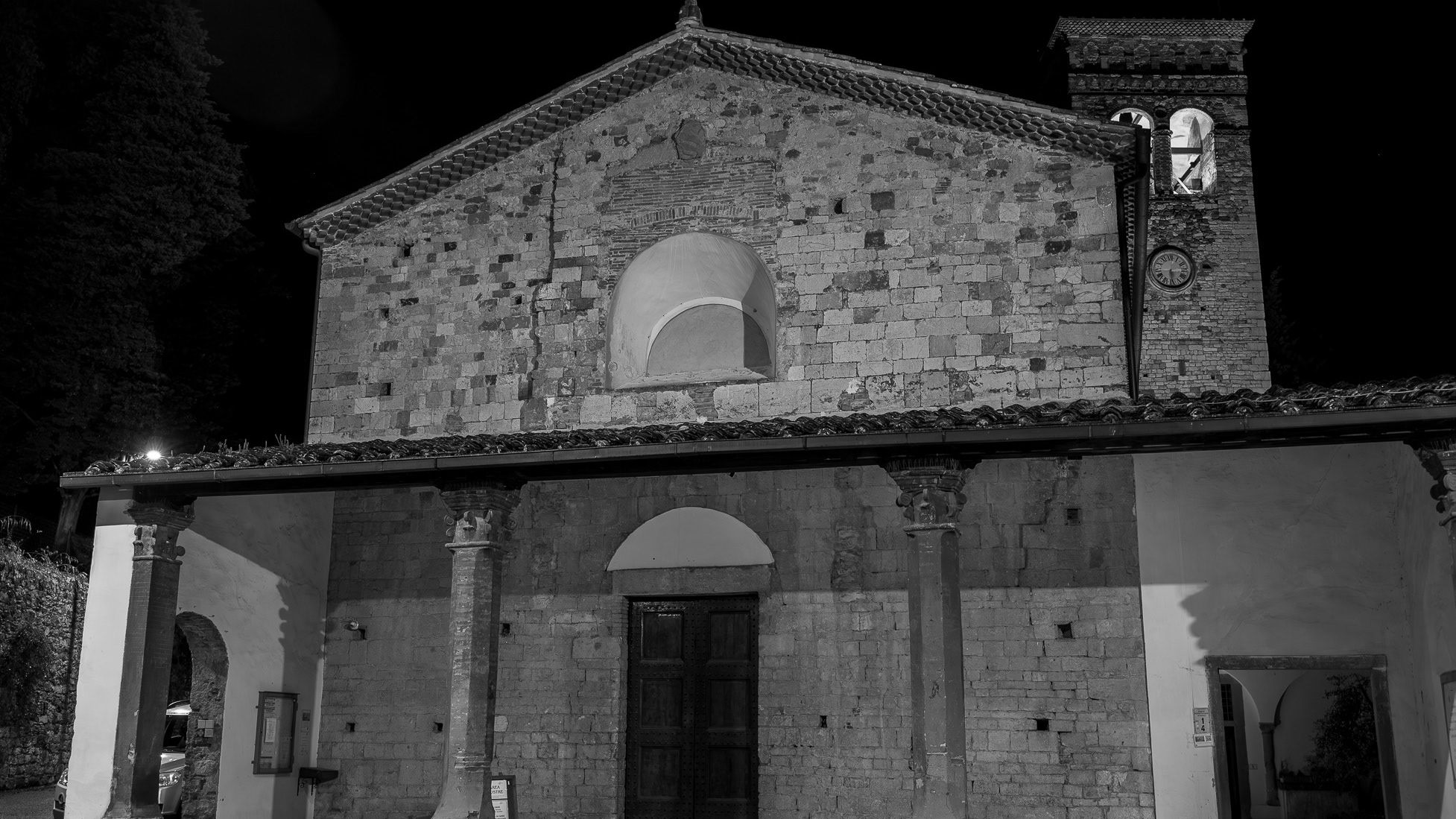
2023
Rocca di Montemurlo. Pieve di San Giovanni Decollato
The parish church of S. Giovanni Battista Decollato opens onto the square of the village. The parish church of Montemurlo has an ancient and controversial history, we find the first trace of it when Otto III, on the occasion of his coronation as emperor (995), descends to Italy for Rome and on his journey (998) confirms the possessions of Bishop Antonino of Pistoia among which our pieve is noted. It has a simple plan, with a single nave with presbytery and choir, modified in the second half of the last century. Originally the parish church had very small dimensions and it was only during the 16th century that we witness the first expansion works carried out by the humanist Bartolomeo Fonzio, parish priest in Montemurlo from 1494 to 1520, who had the rectory and the cloister built alongside the church, of which however, the round arches and columns with Corinthian capitals now walled up can still be traced. The parish church is 'protected' by an imposing bell tower which was originally a watchtower then transformed and refined, in the first half of the 16th century as part of the transformations carried out by the active parish priest, with the large mullioned windows that we see on each side, surmounted by brick arches. The large window is supported by octagonal columns and the shutters of the arches that conclude the tower are decorated with a notched frame that also surrounds the roof. Entering the church we cross a loggia, added during the 17th century, supported by brick columns with Ionic-inspired capitals. The interior of the church, with a goat-like roof, is enriched by four aedicule altars, one of which dates back to the 16th century, a model for the others built in the 18th century. On the altars and walls of the presbytery, valuable paintings by the painters Francesco Granacci, Giovanni Stradano, Matteo rosselli and Giacinto Fabroni.
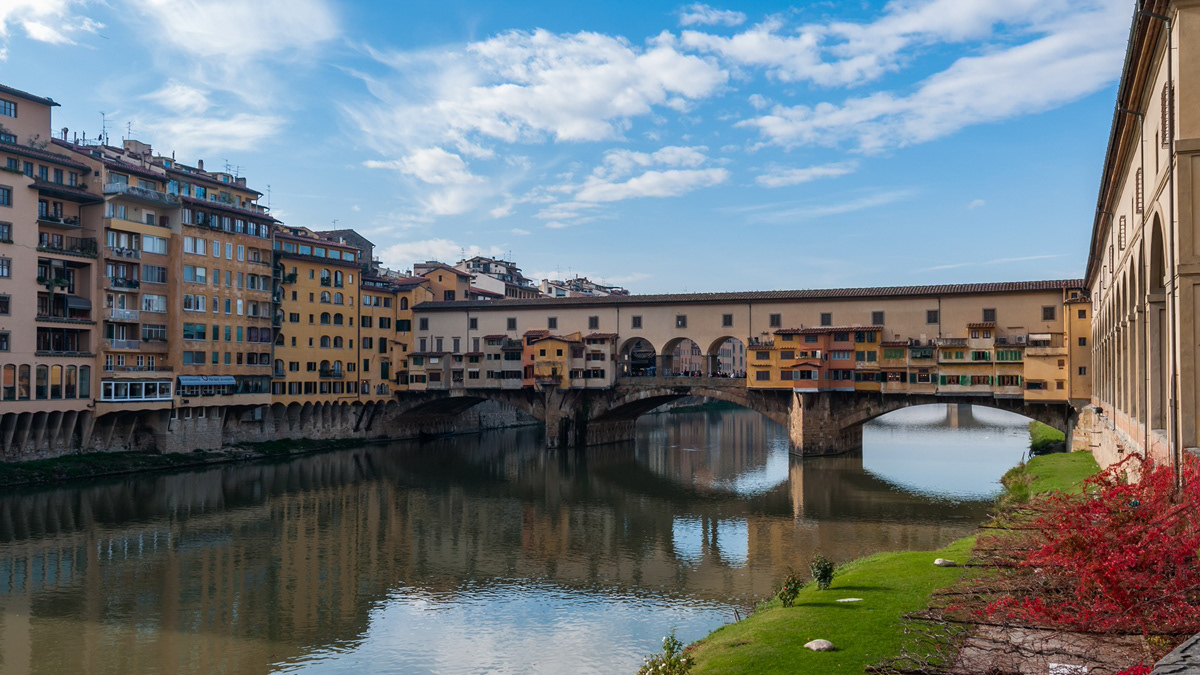
2018
Firenze

2021
Fucecchio, Tuscany, Italy. Panoramas
